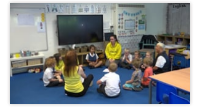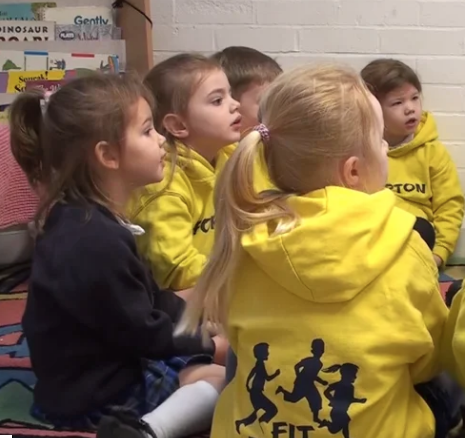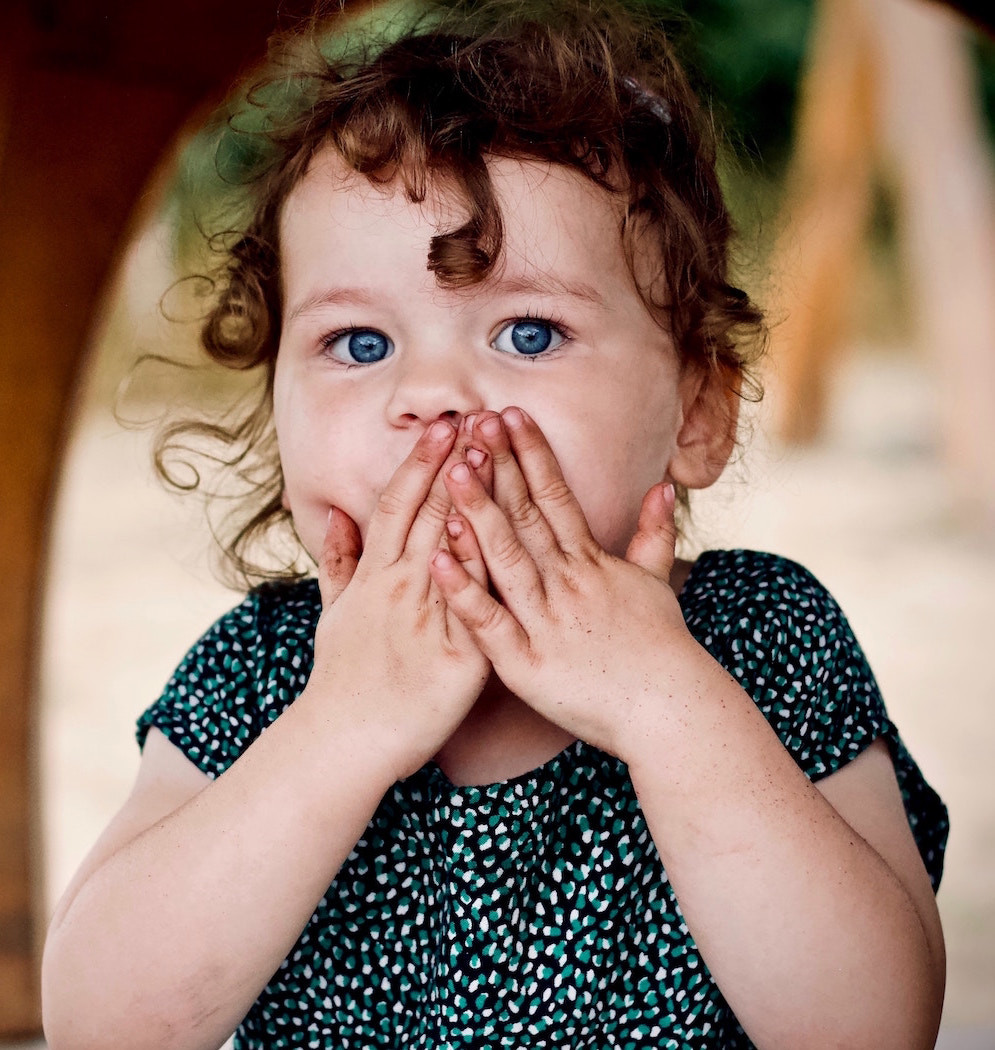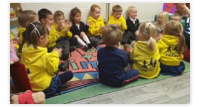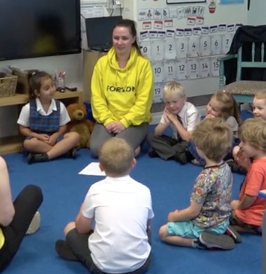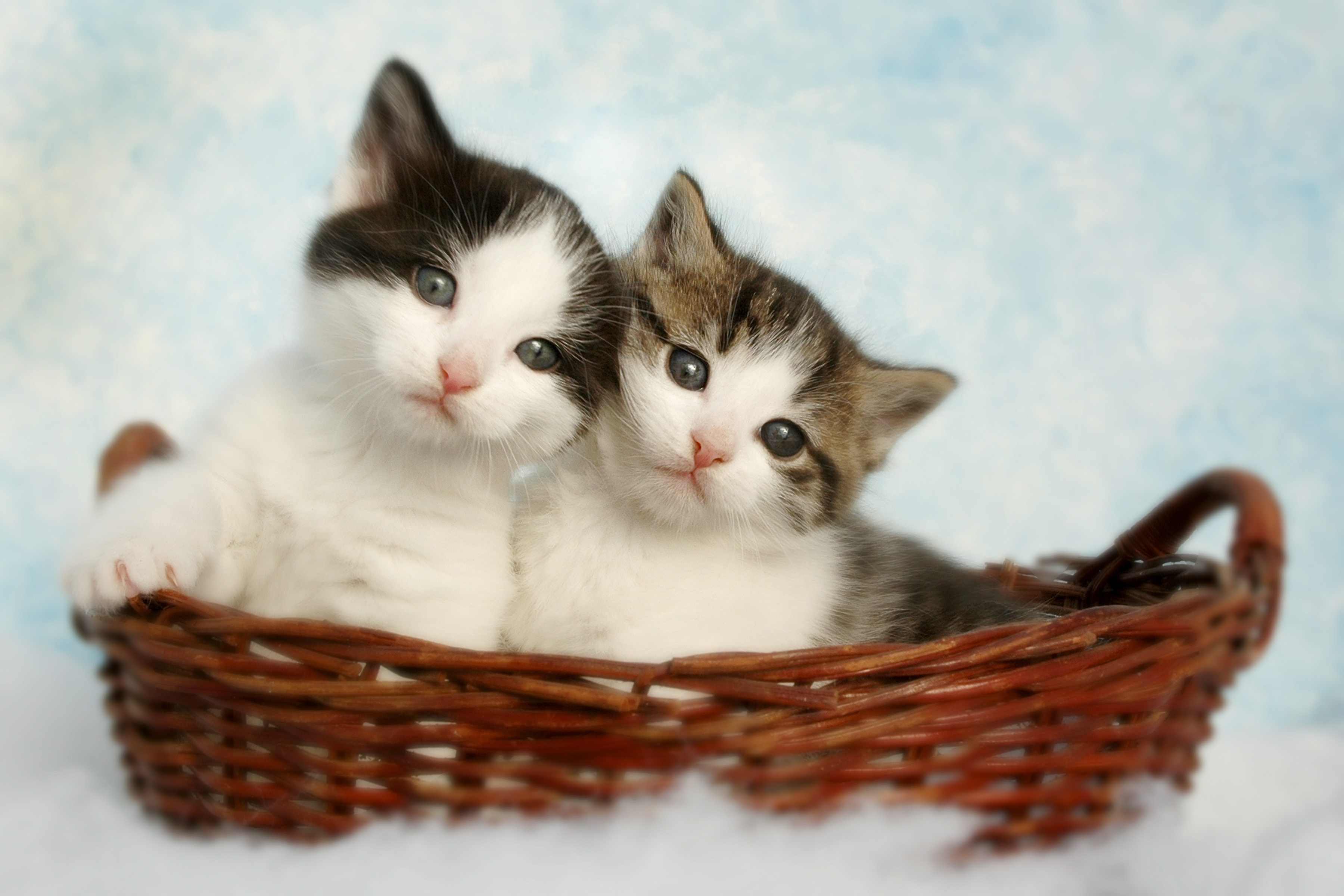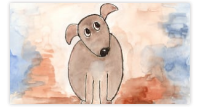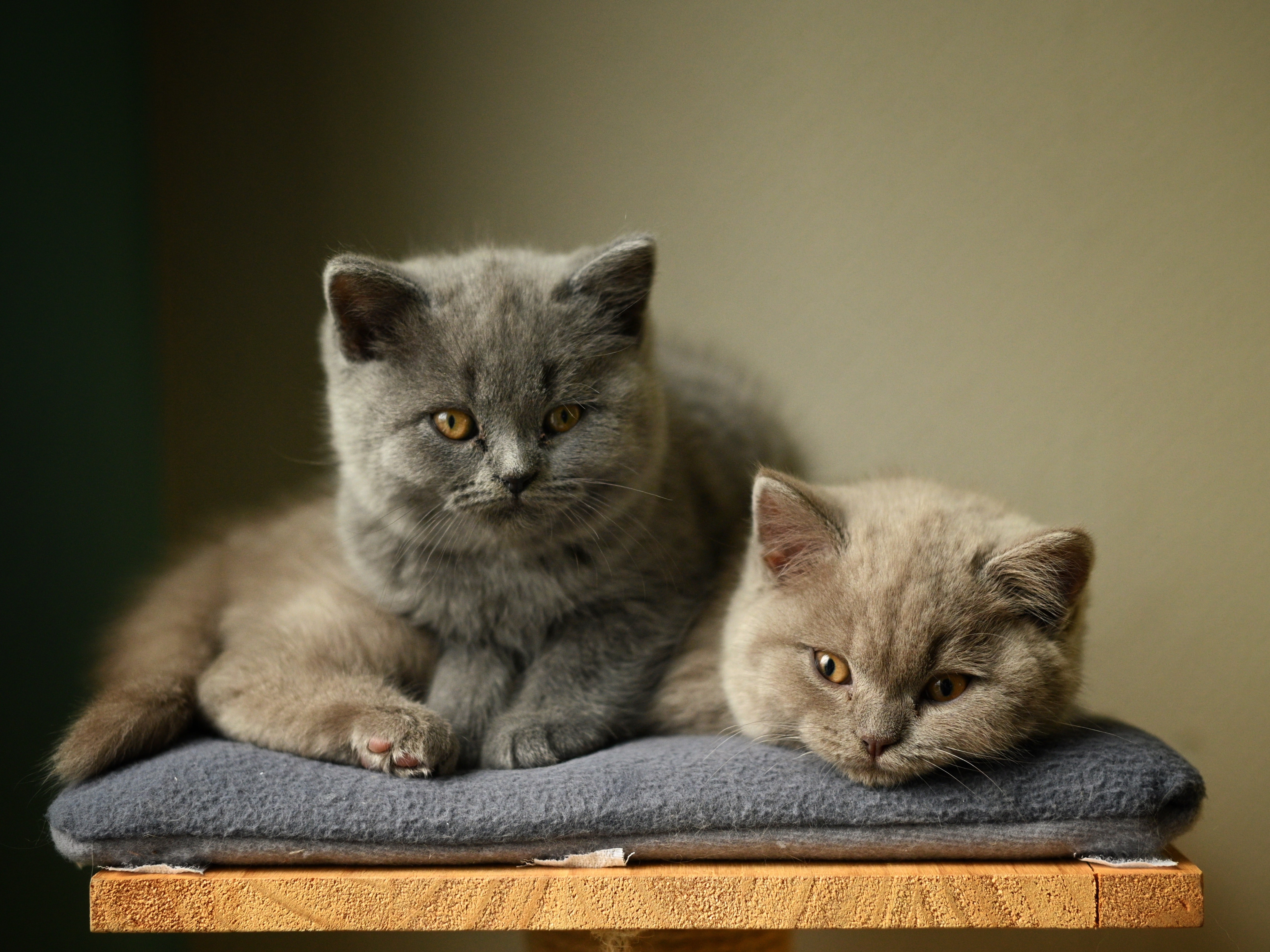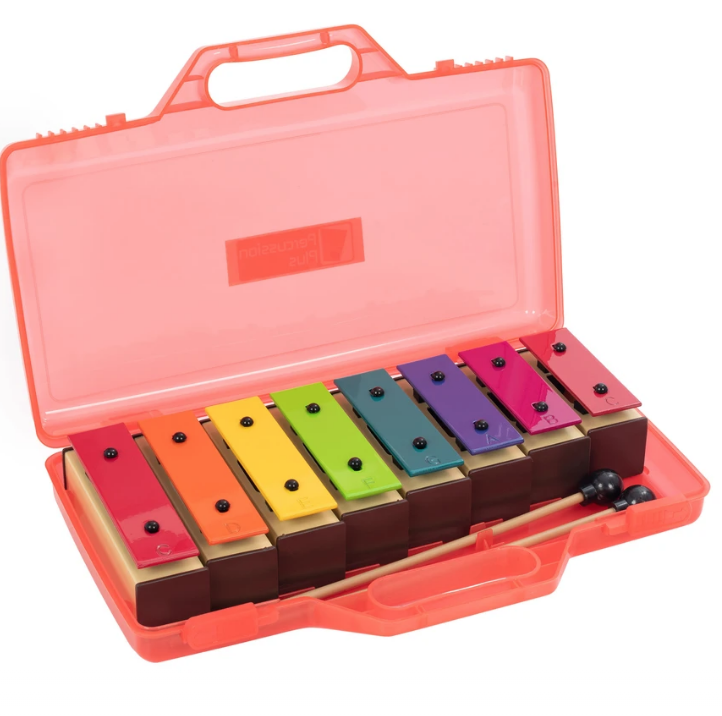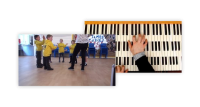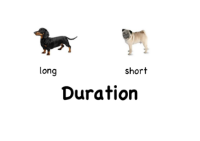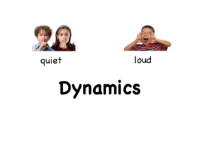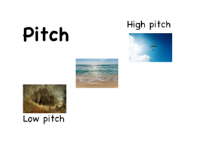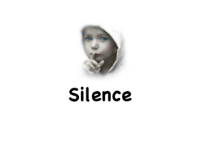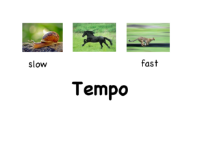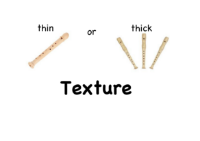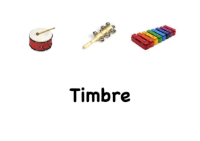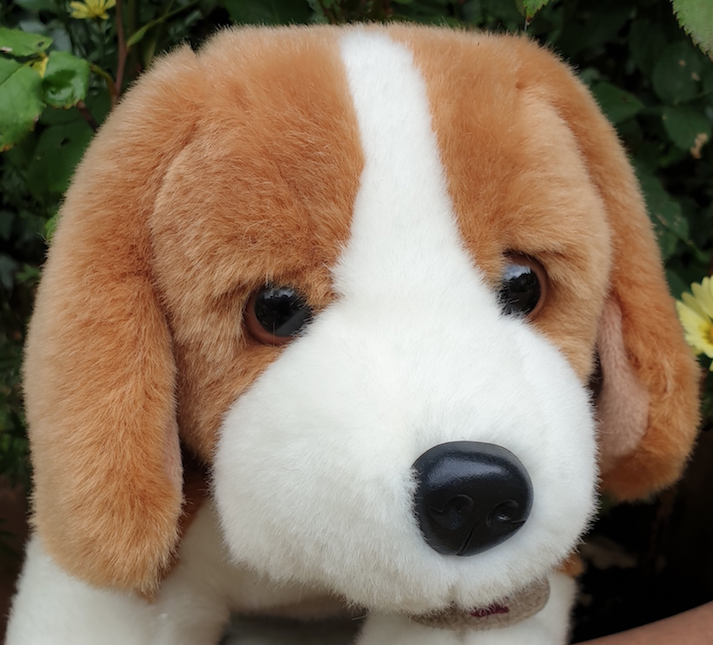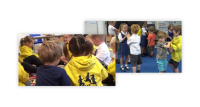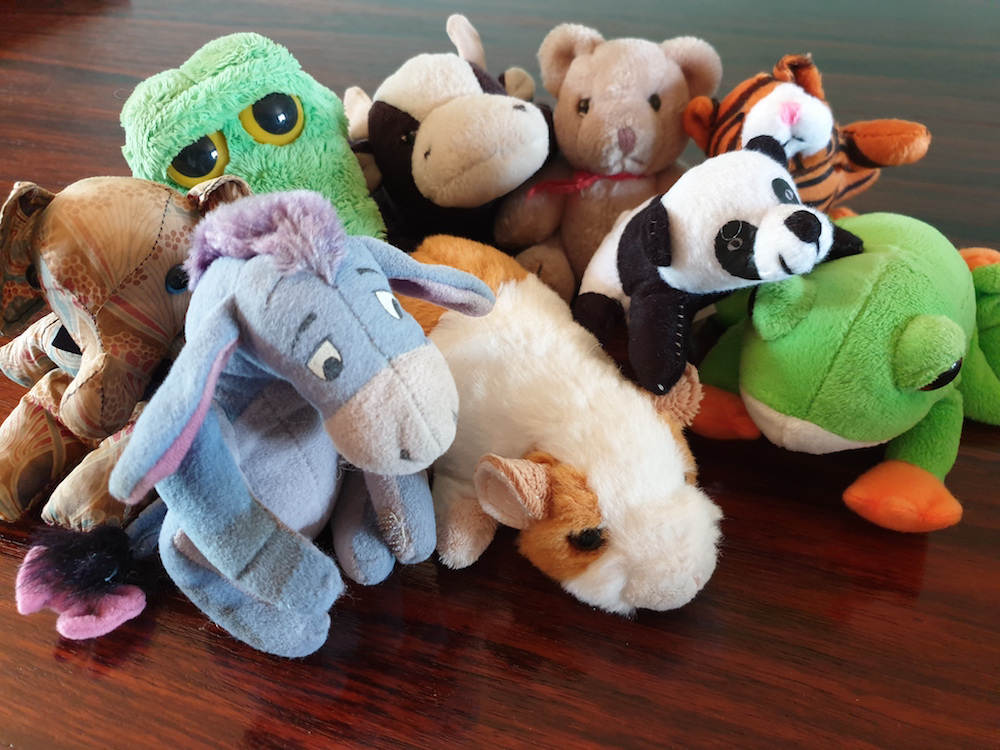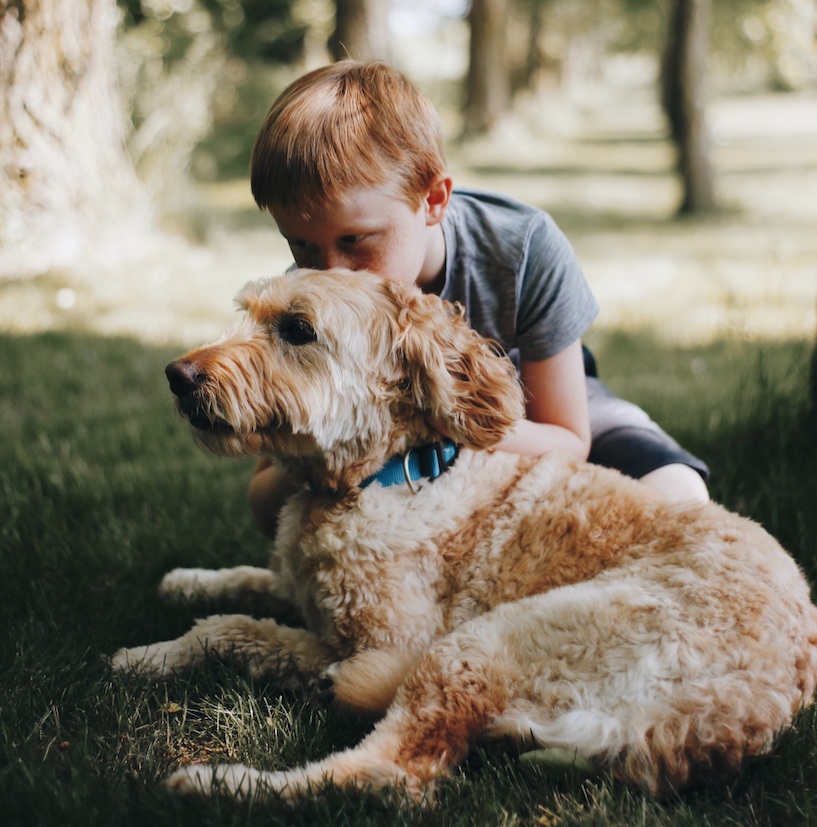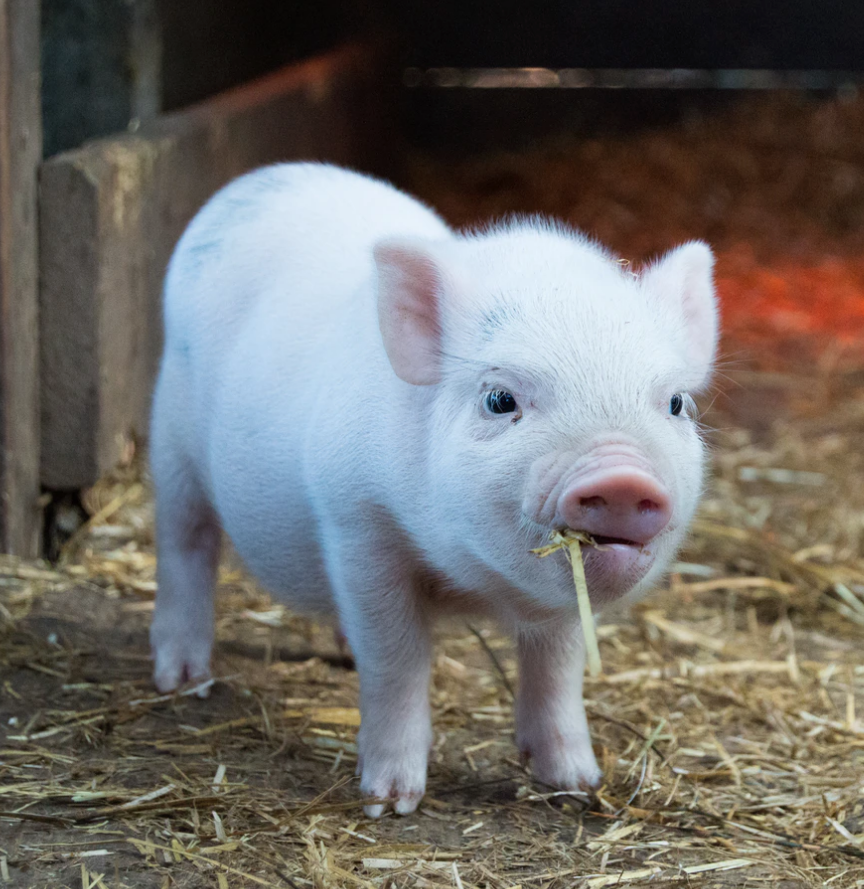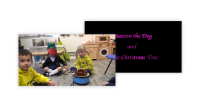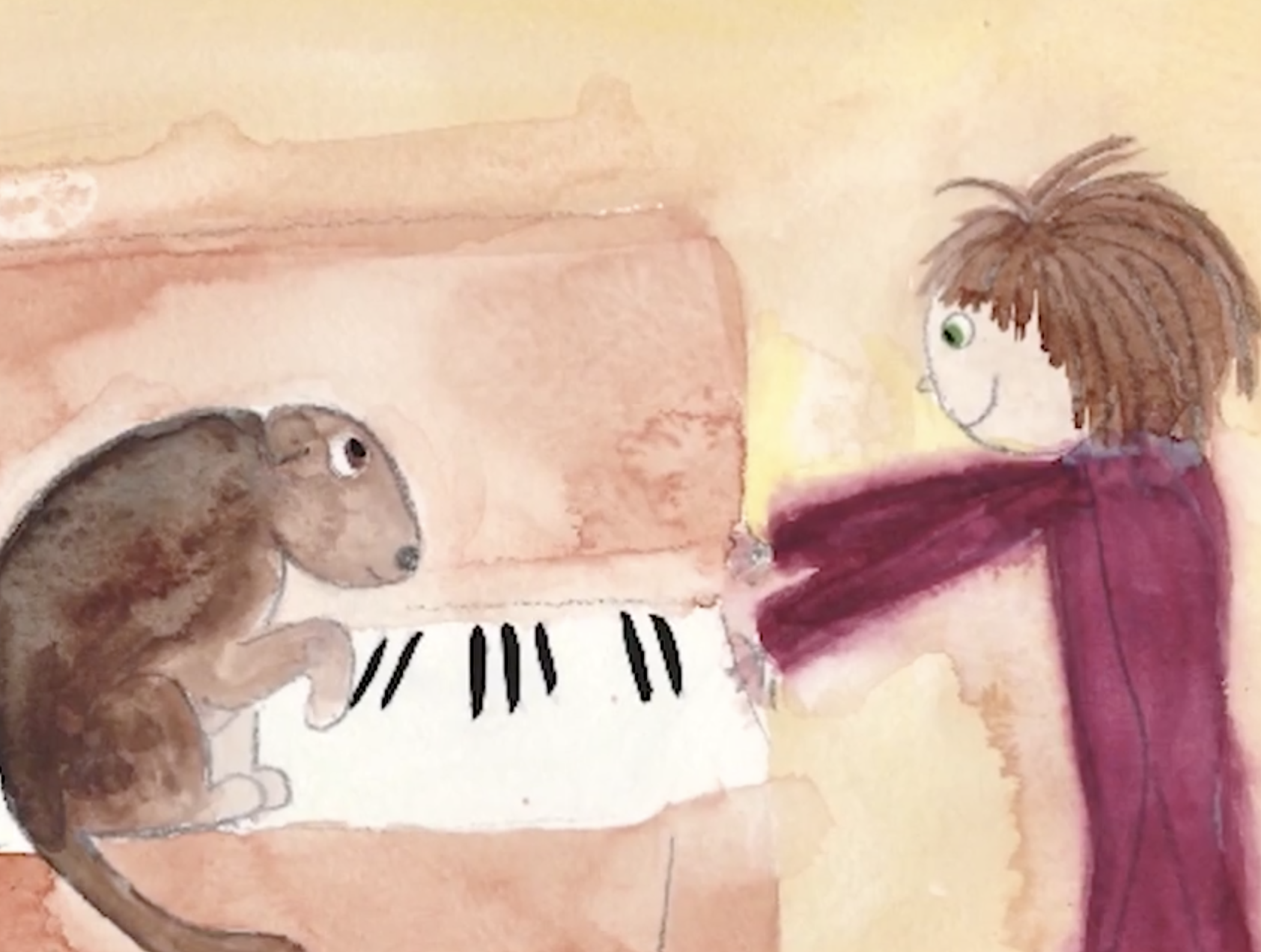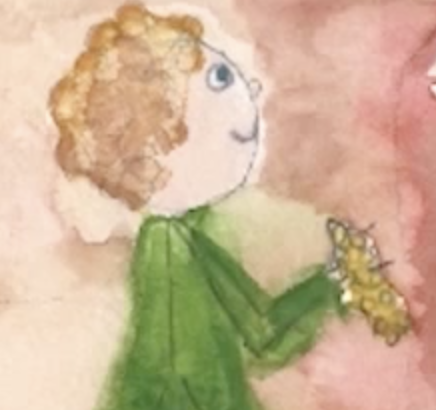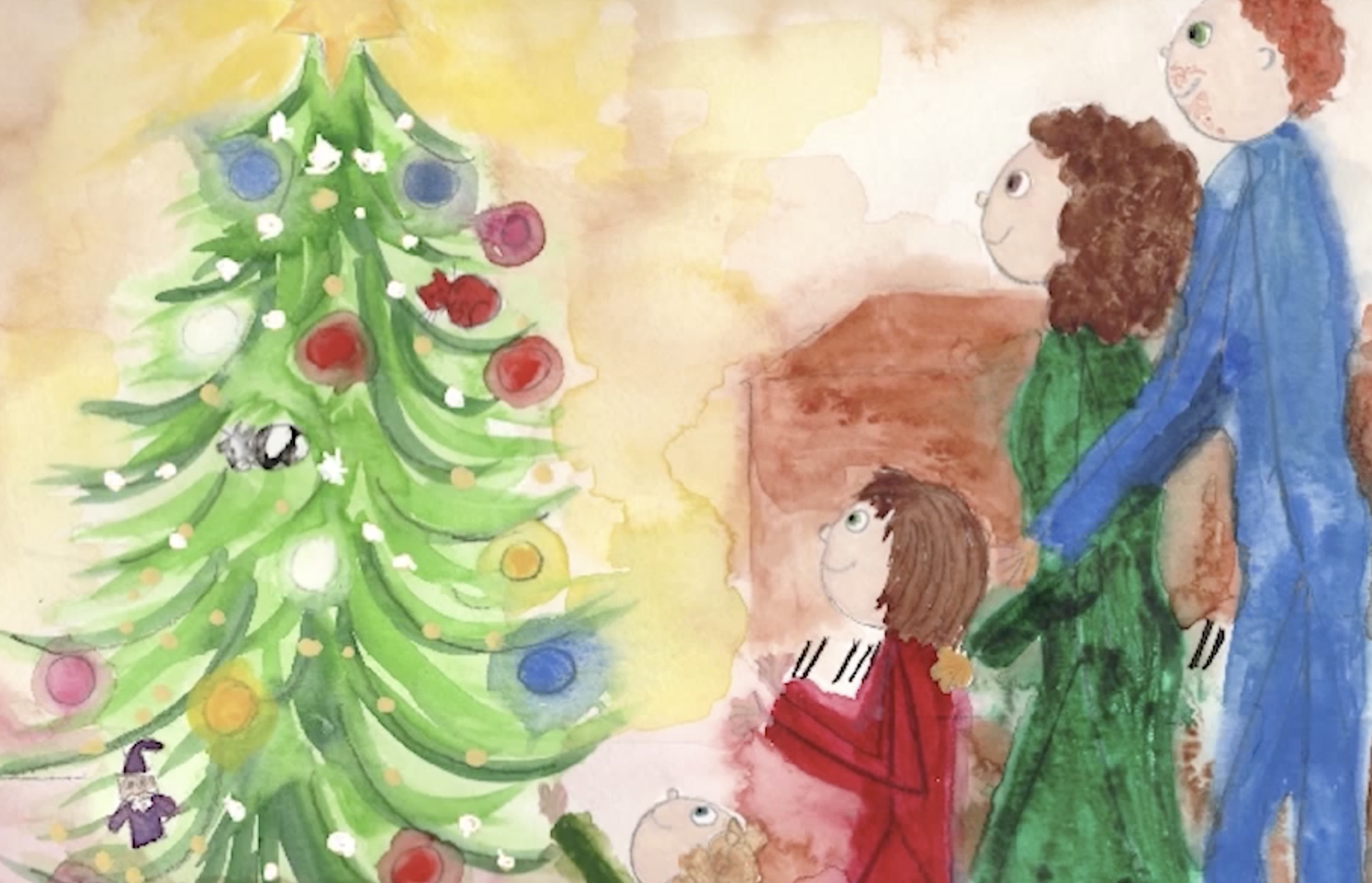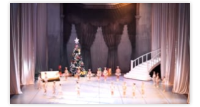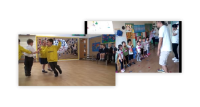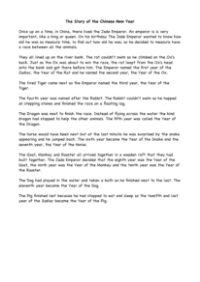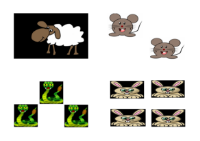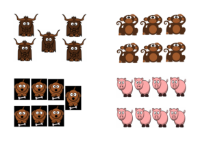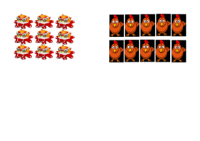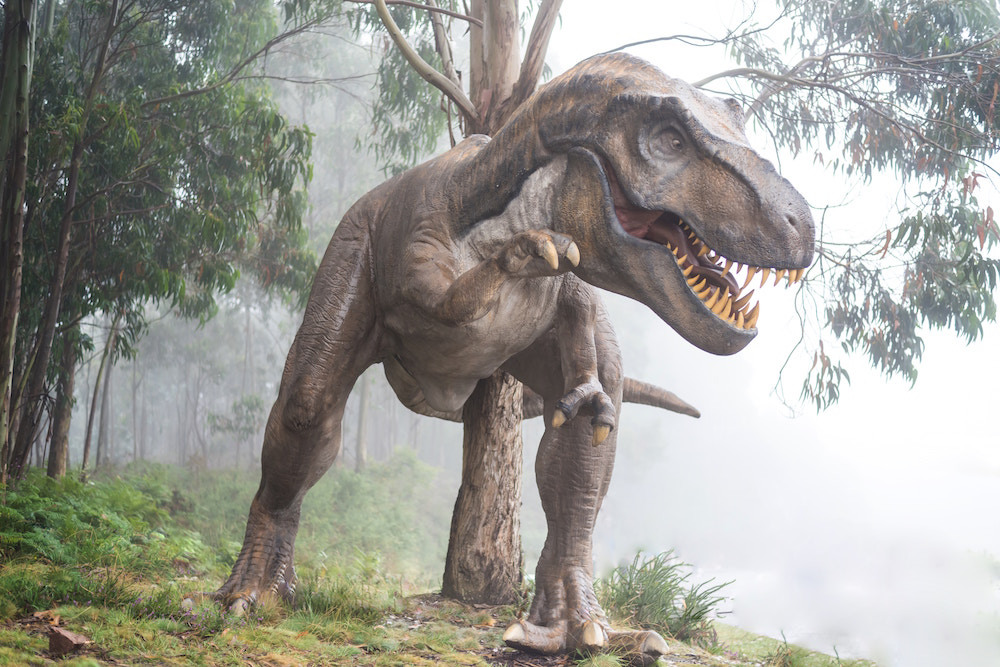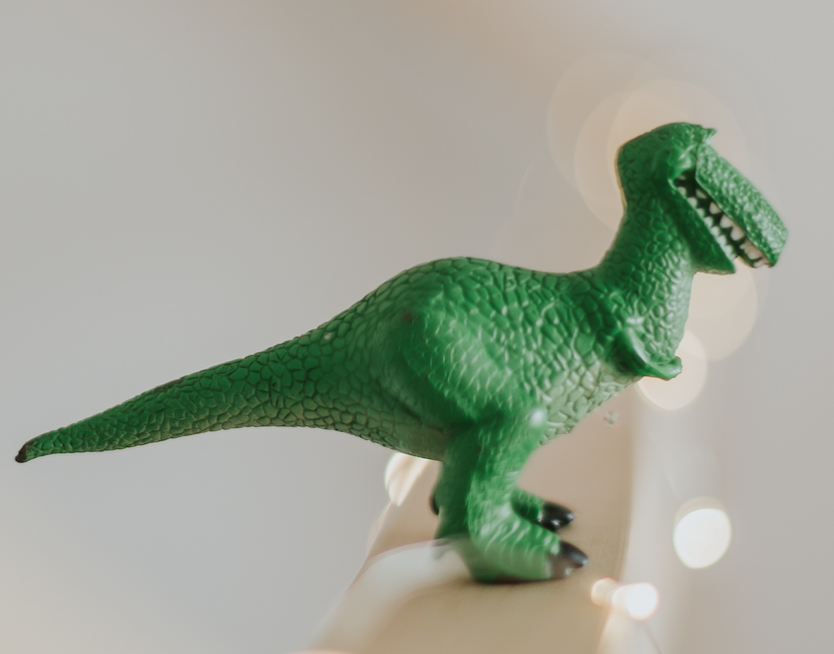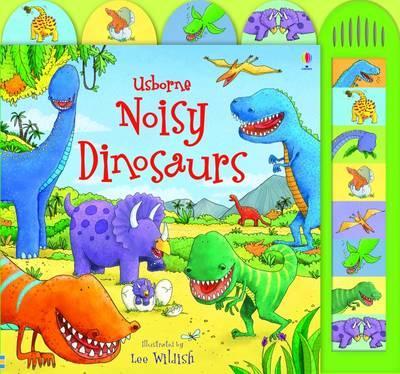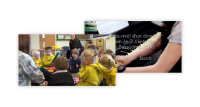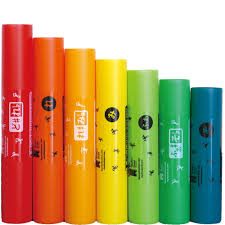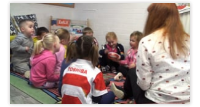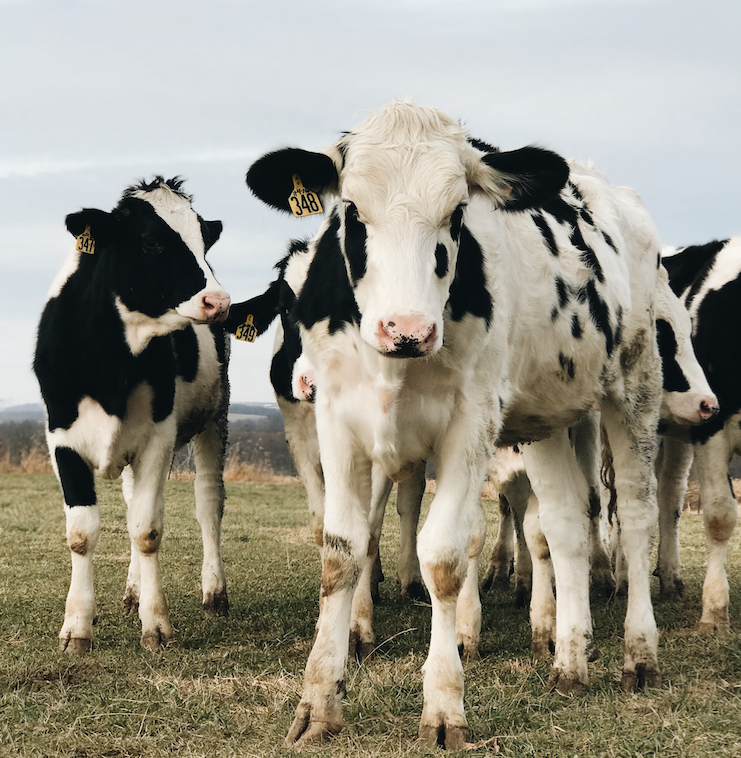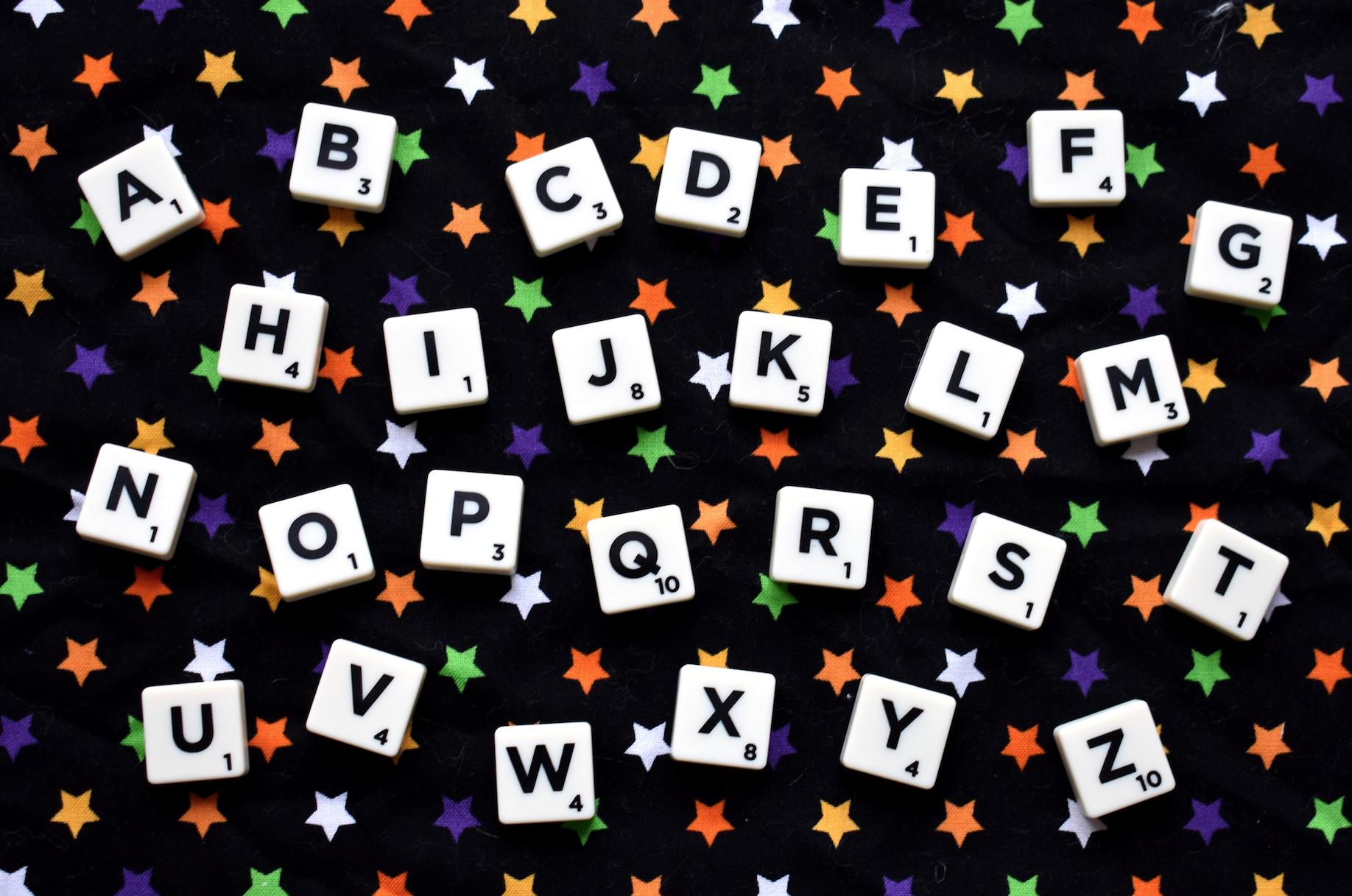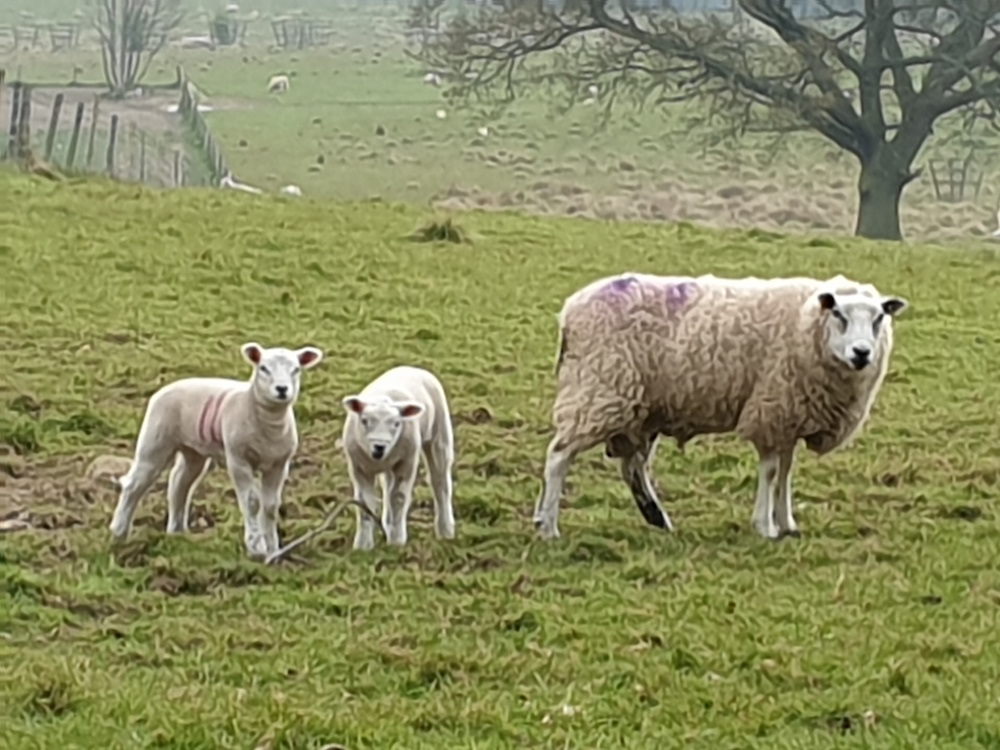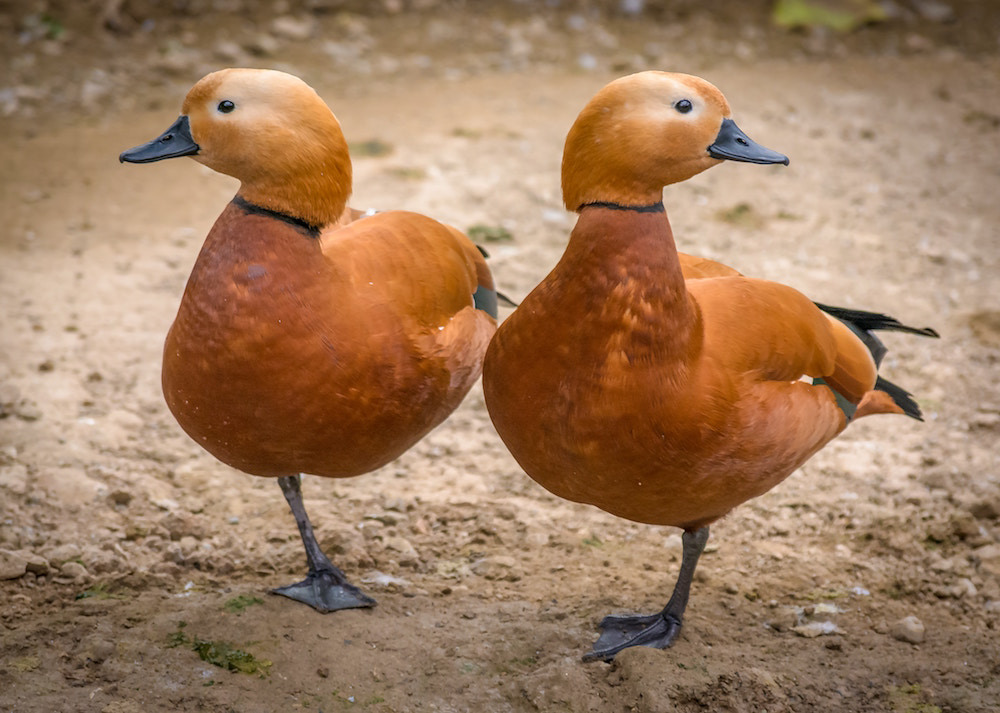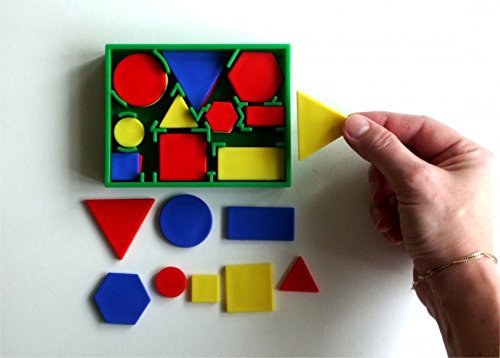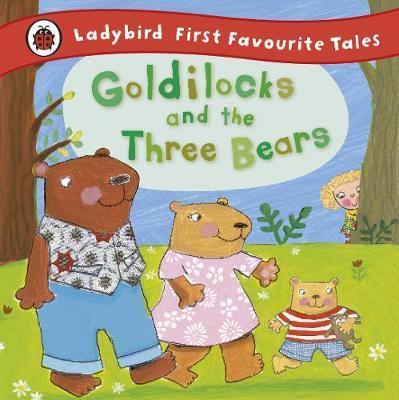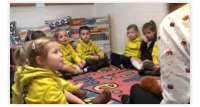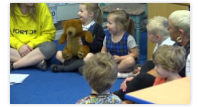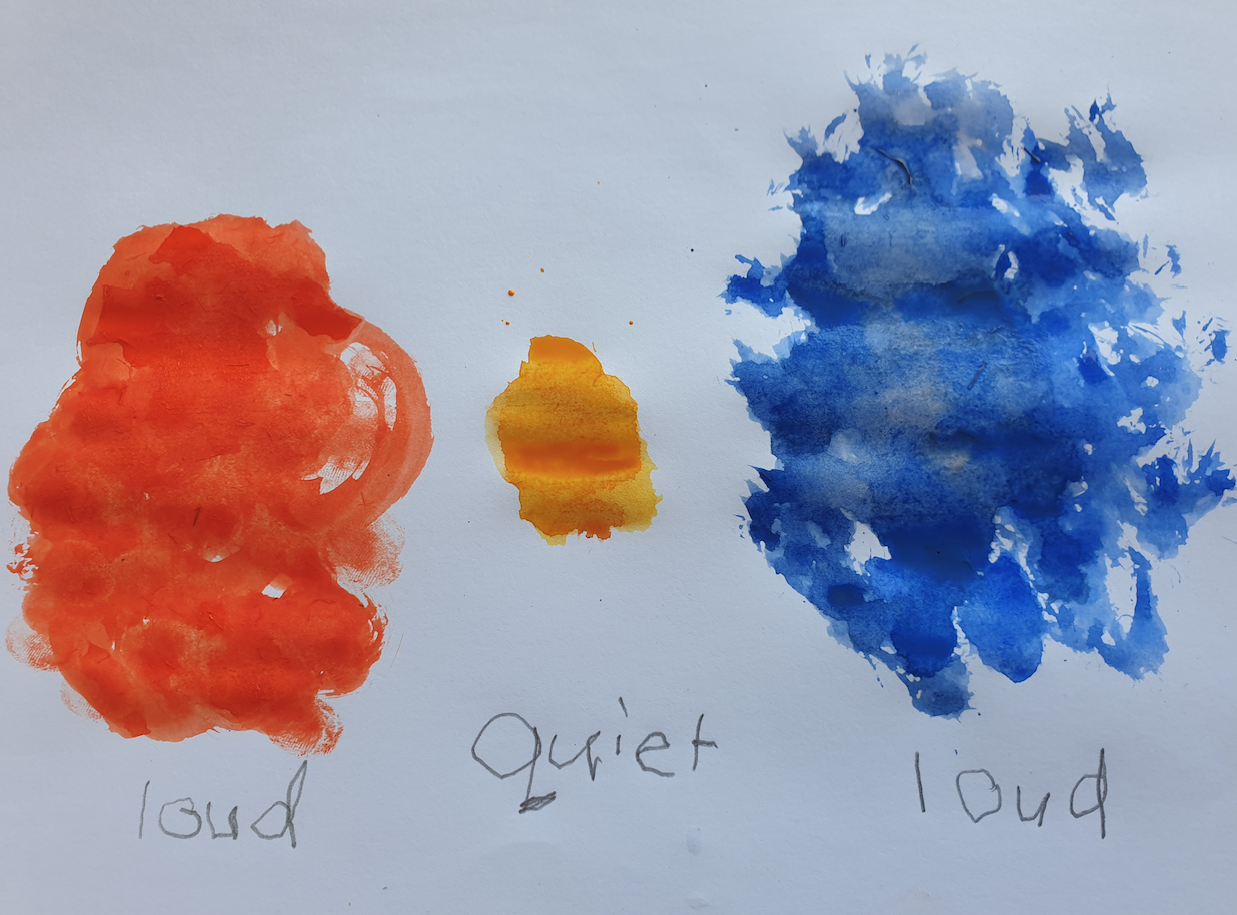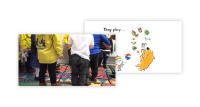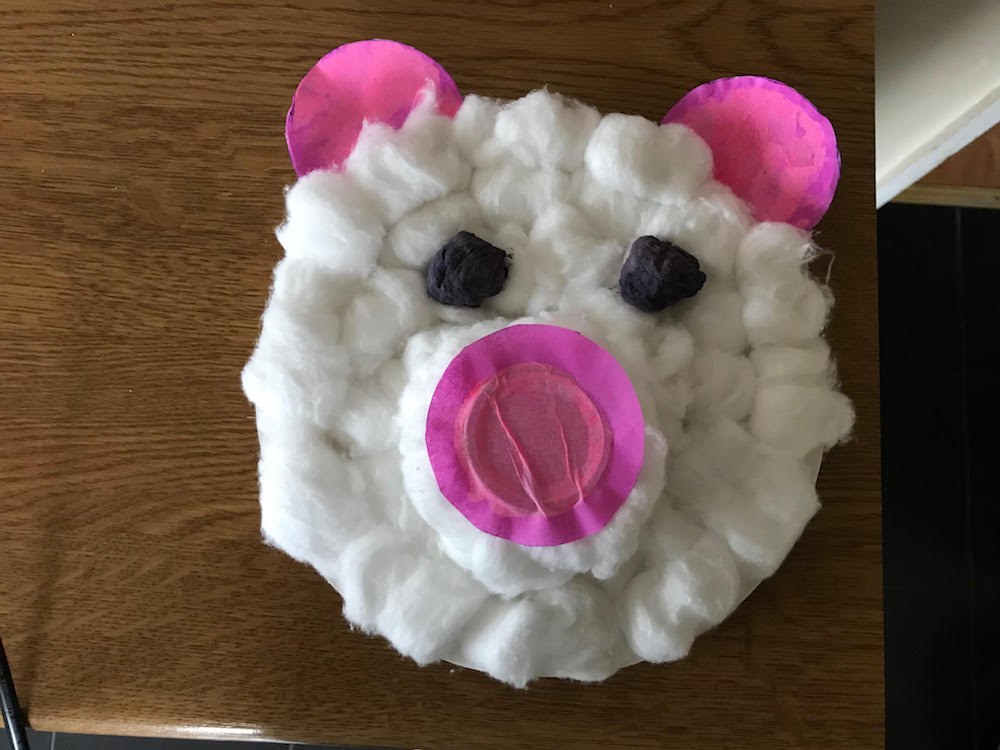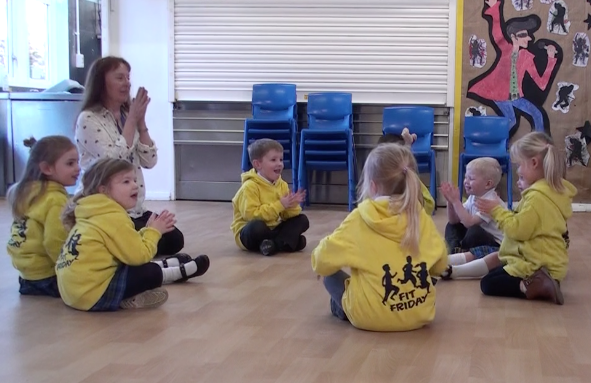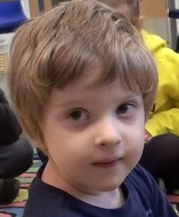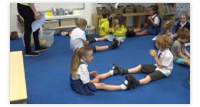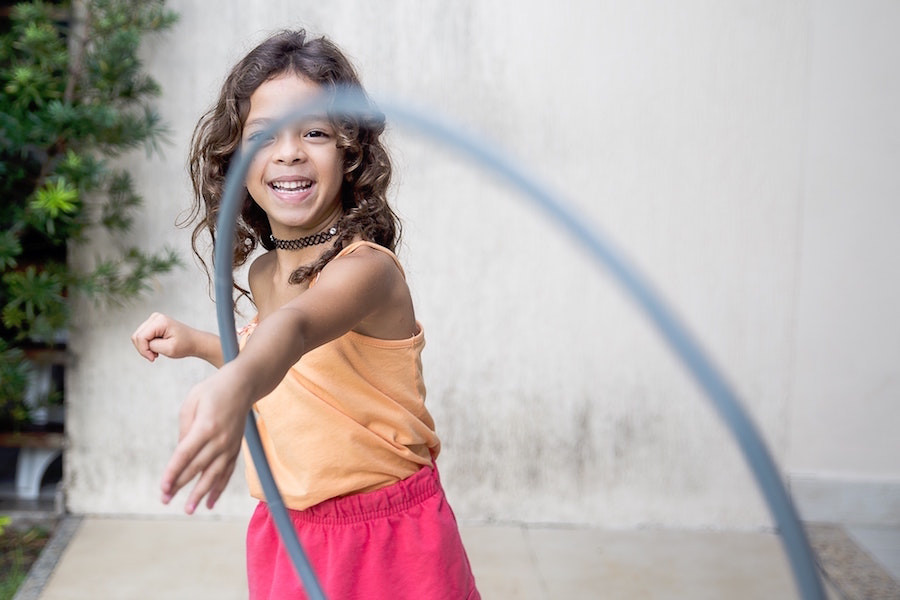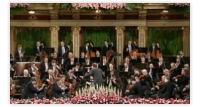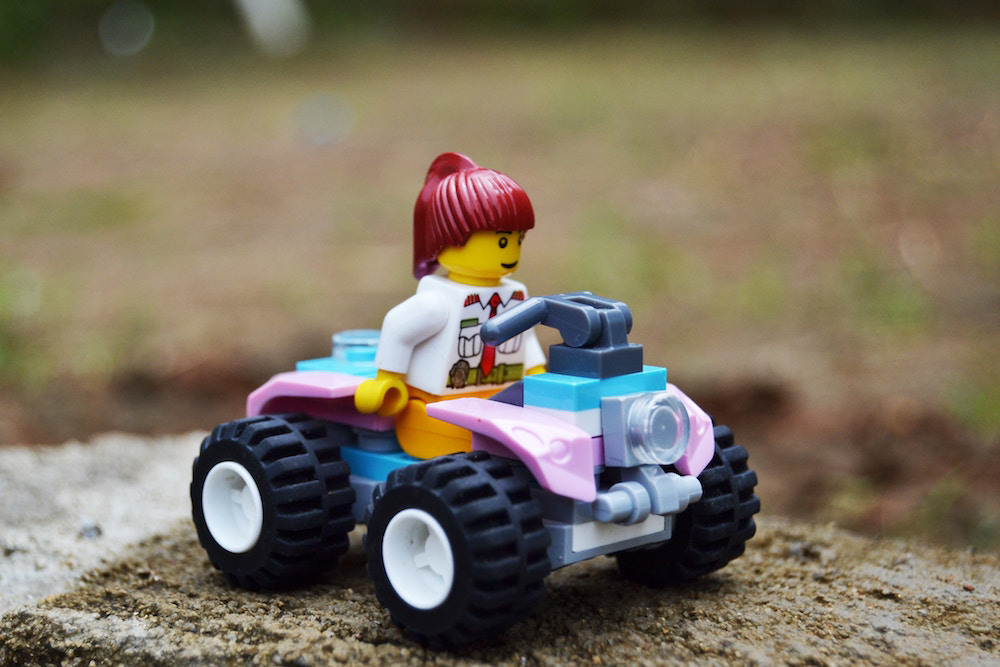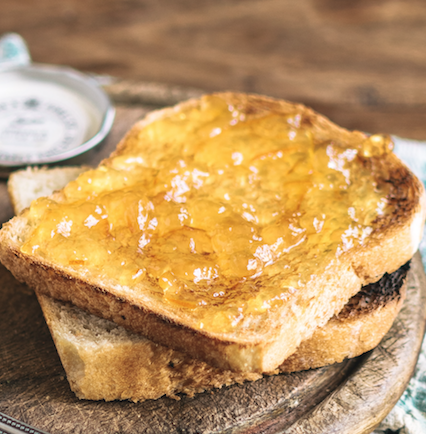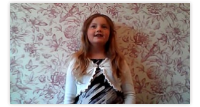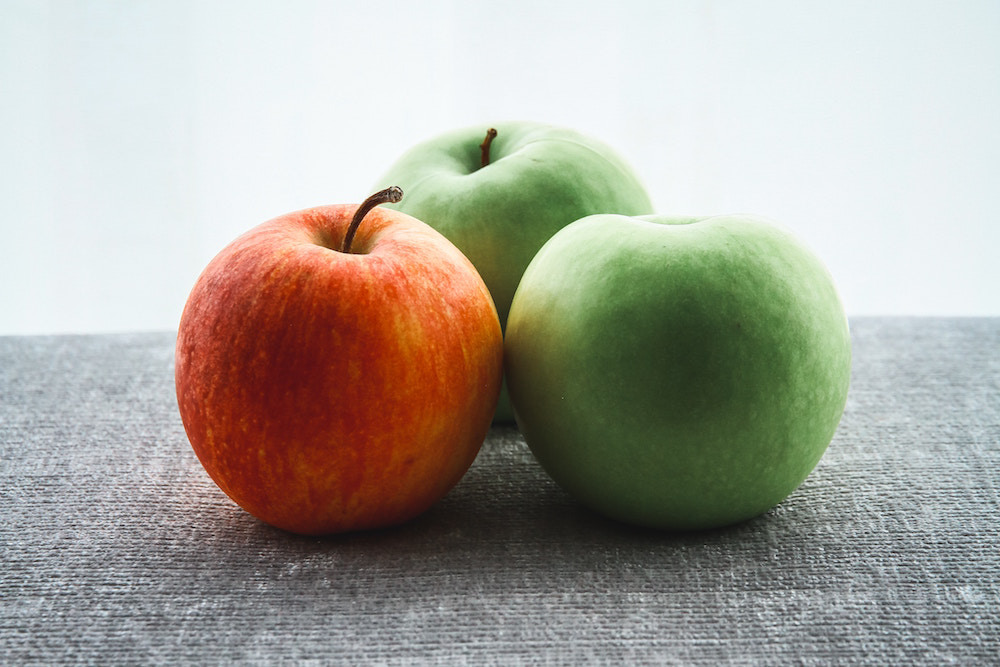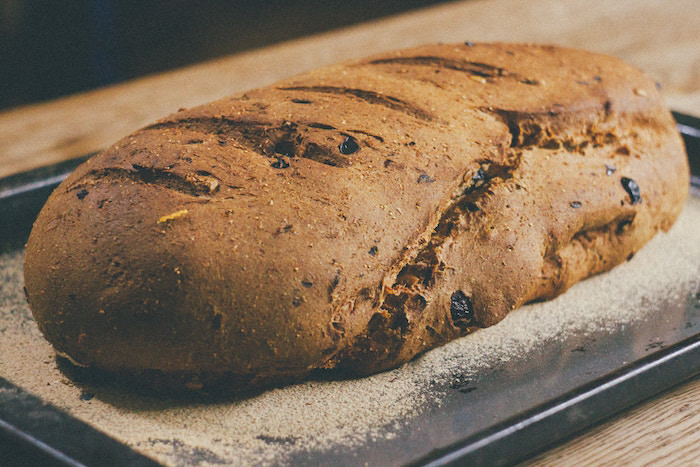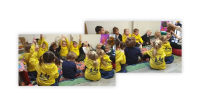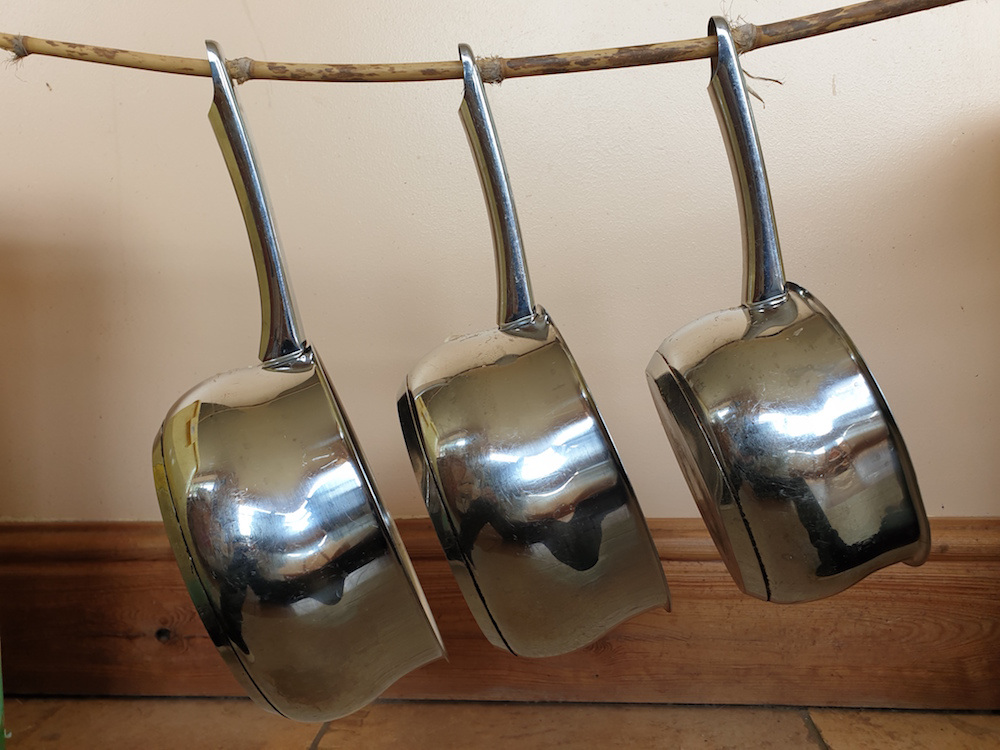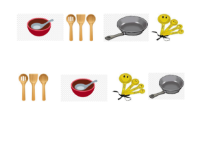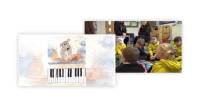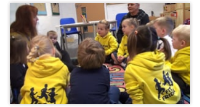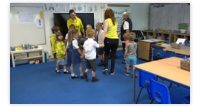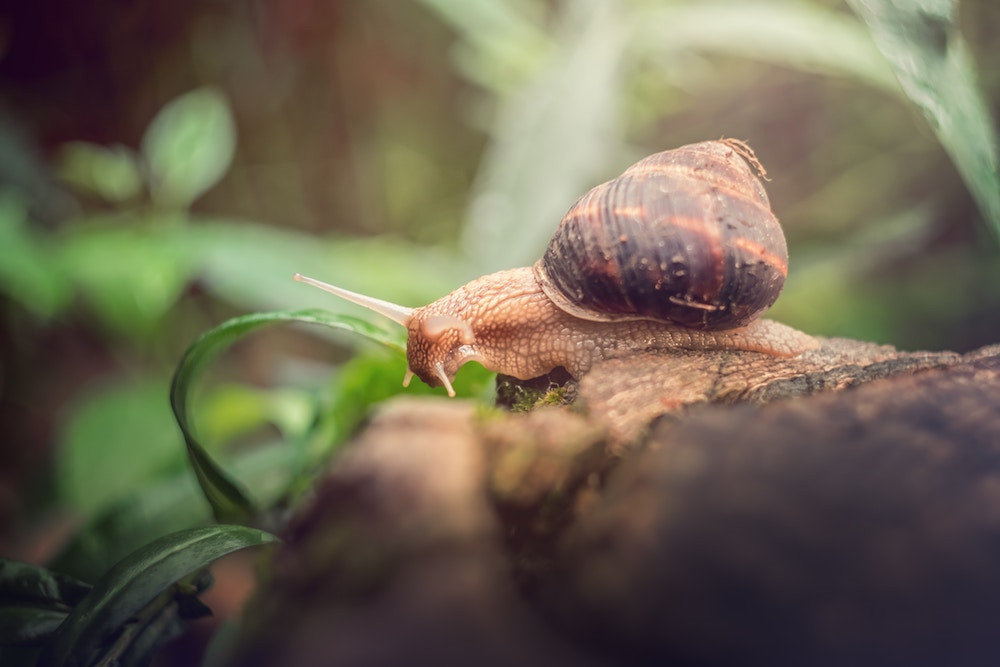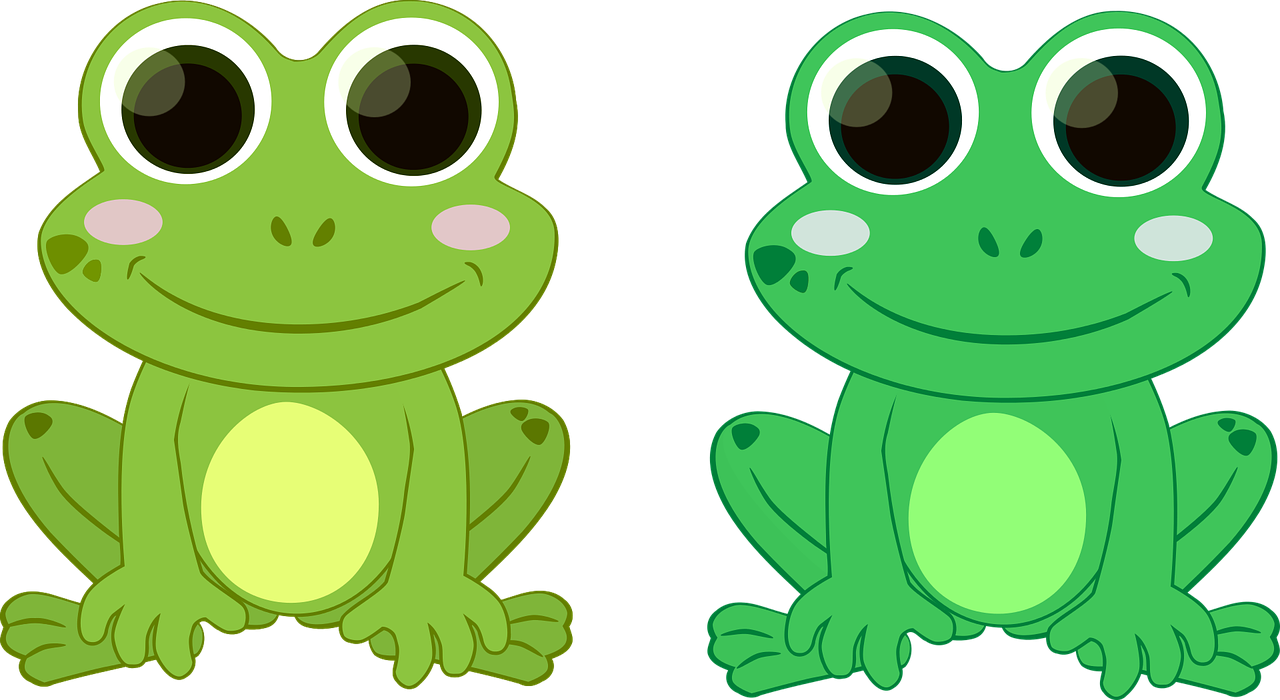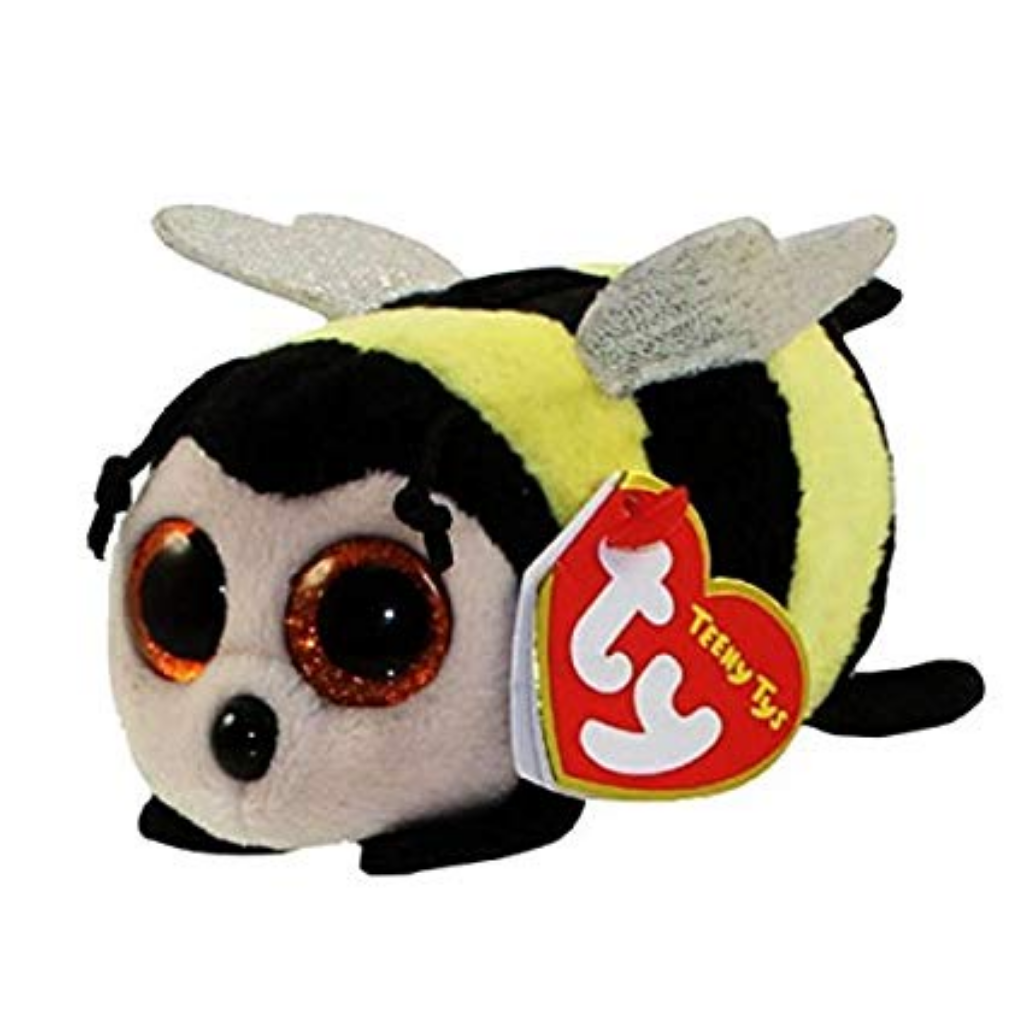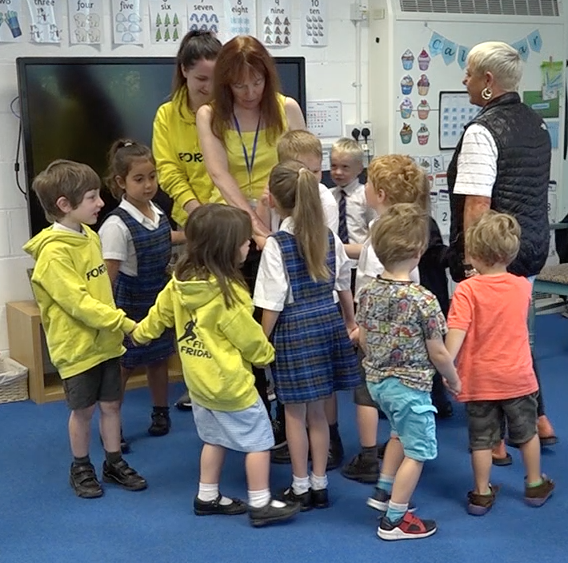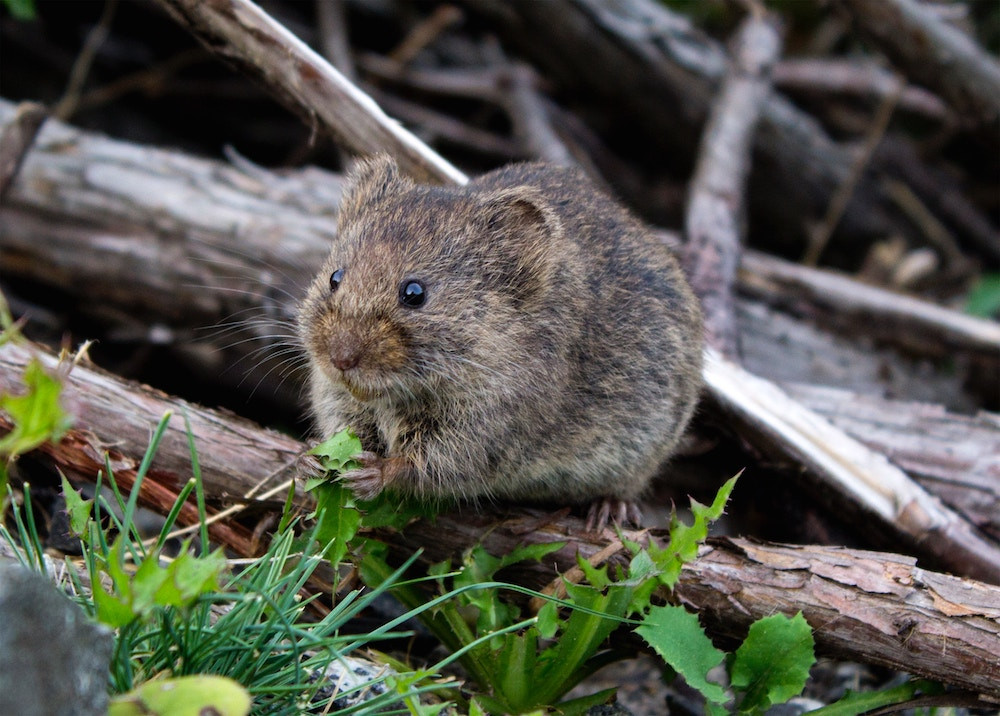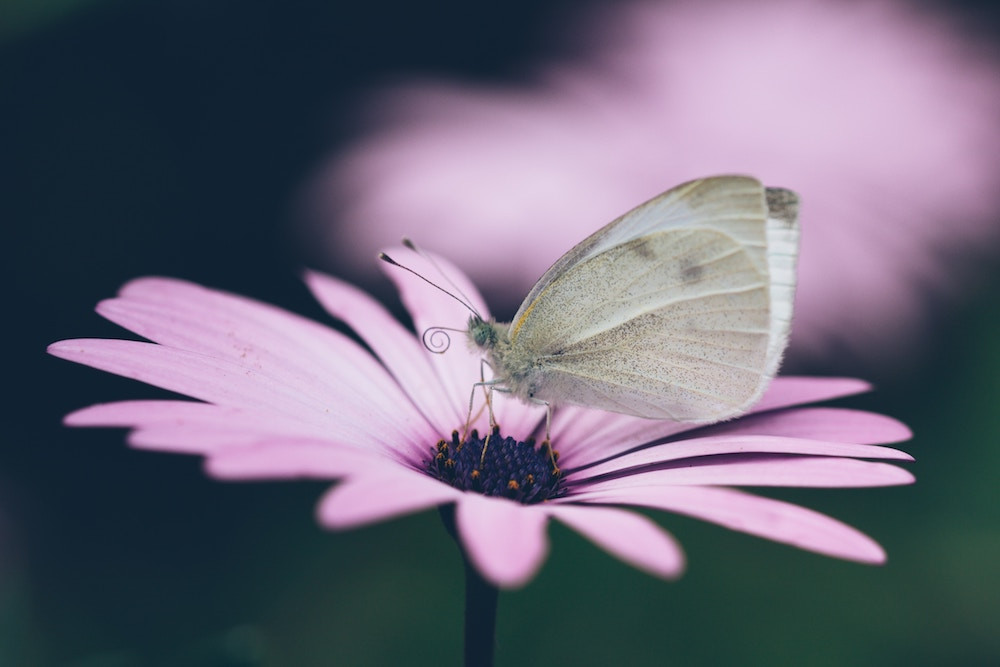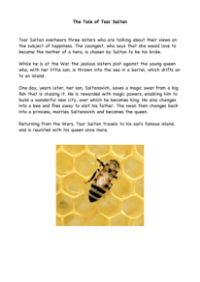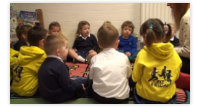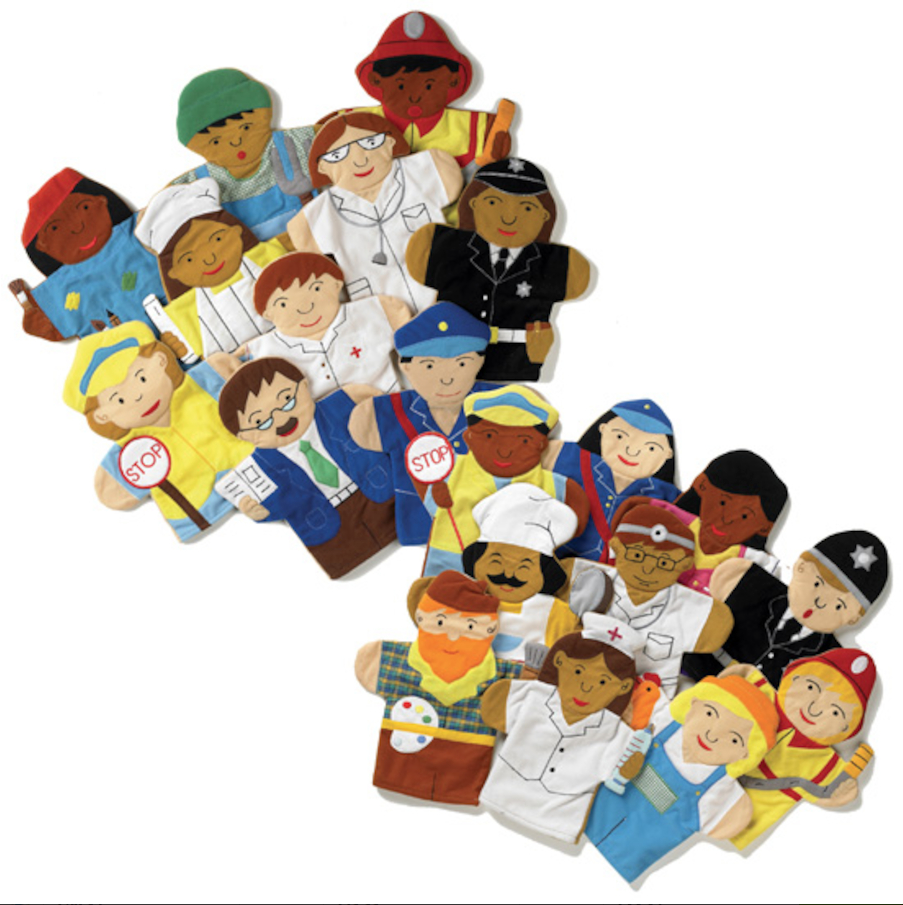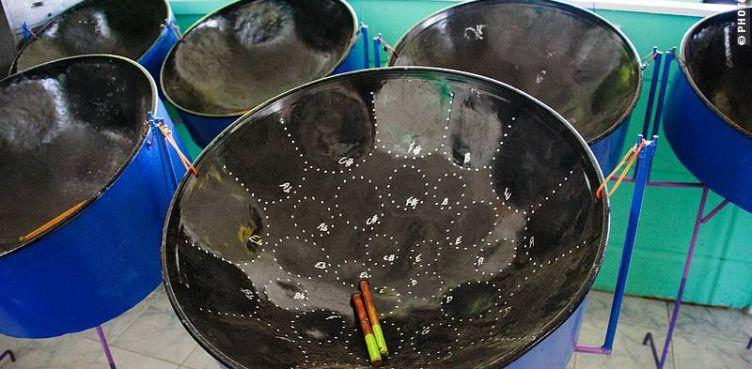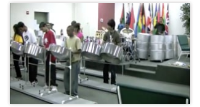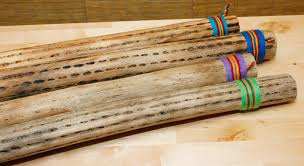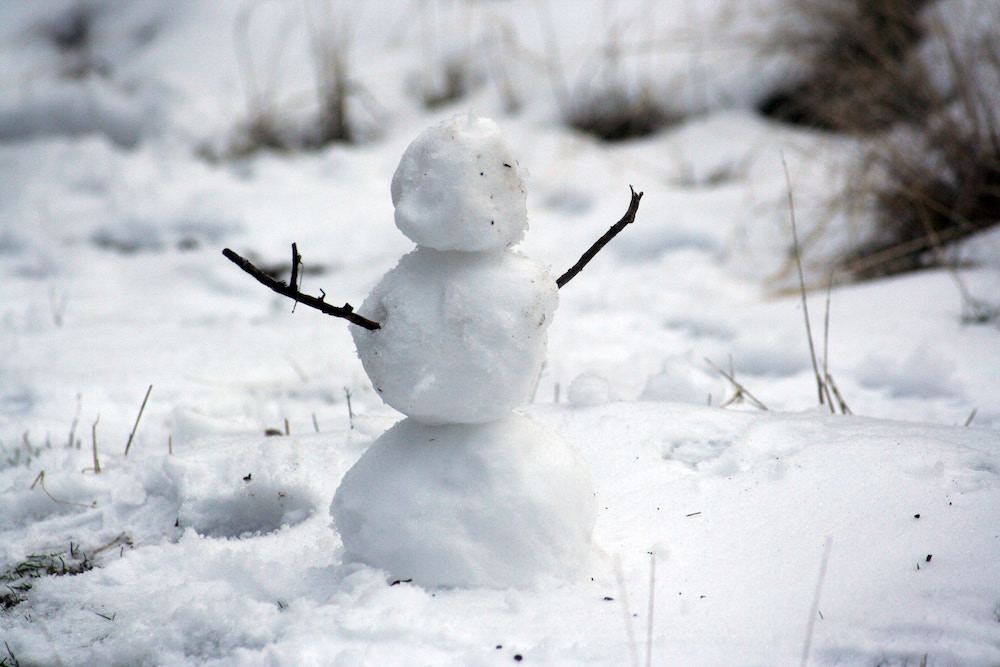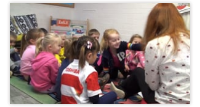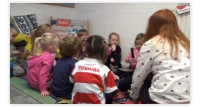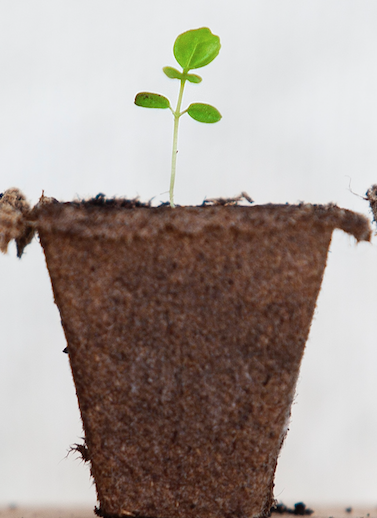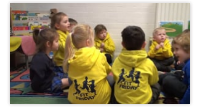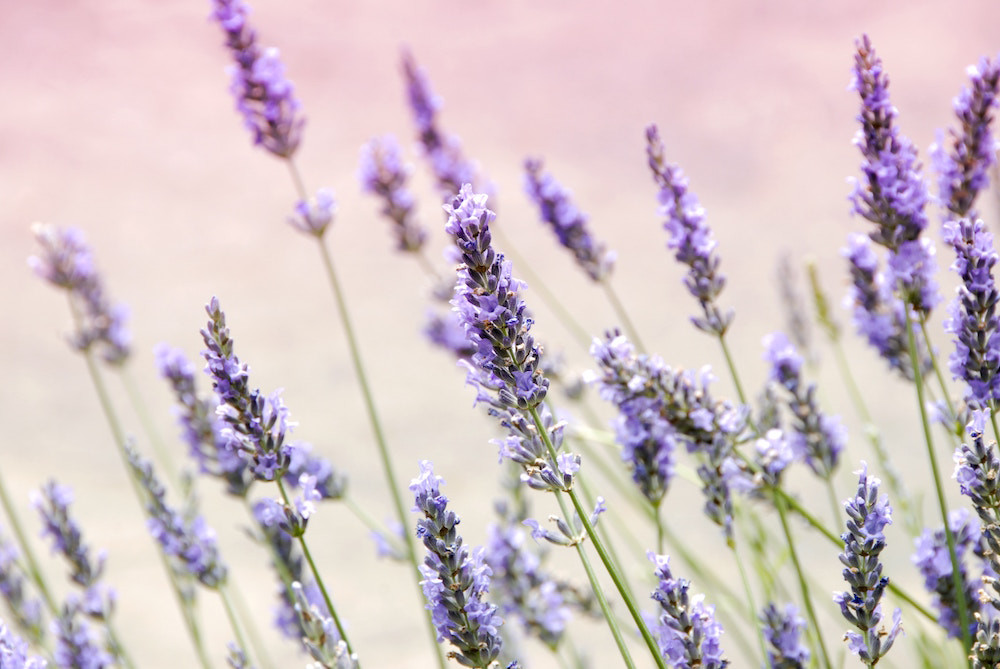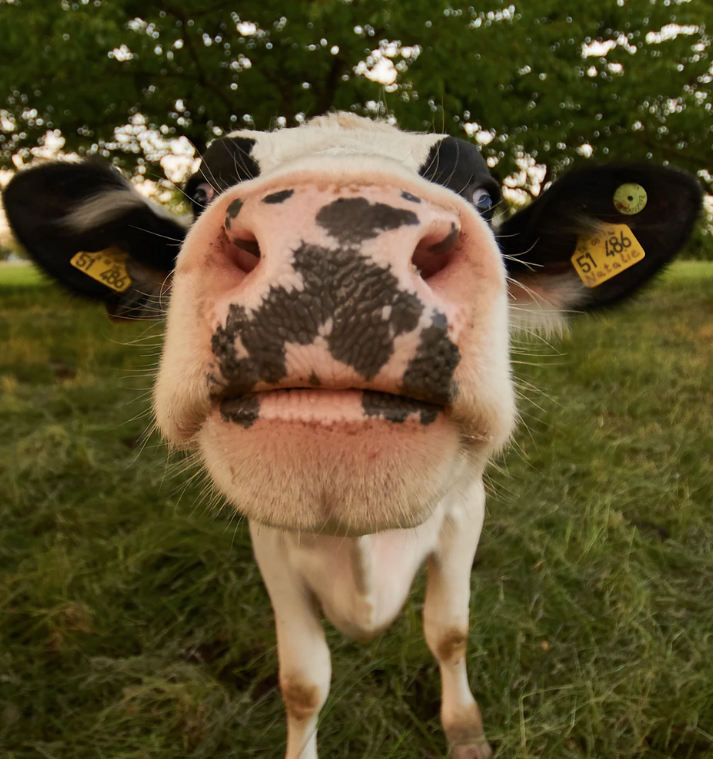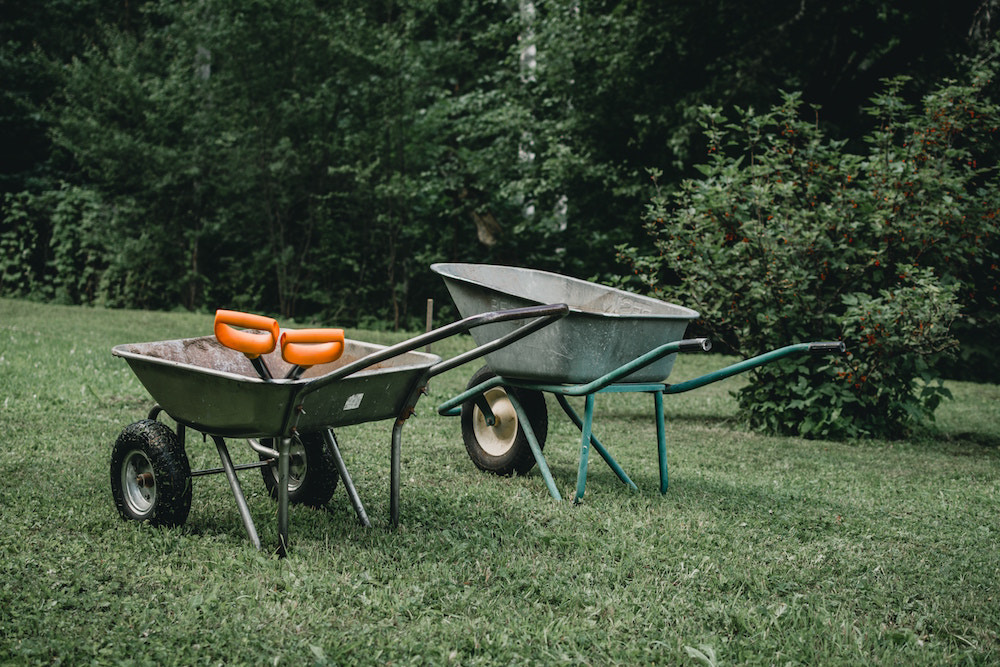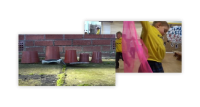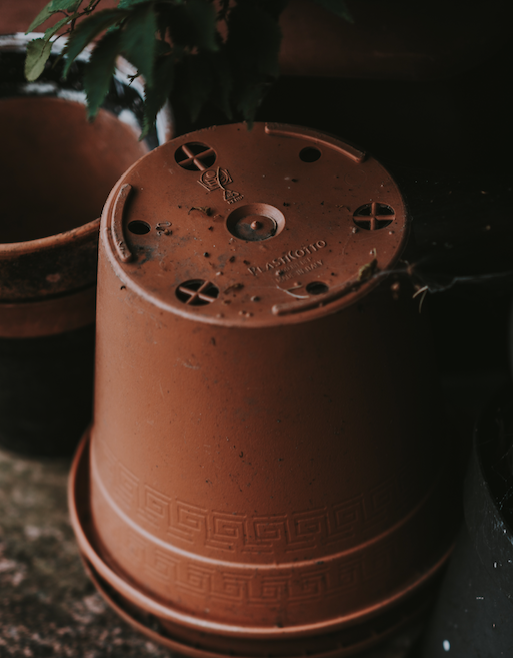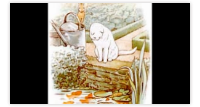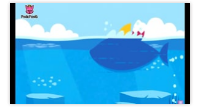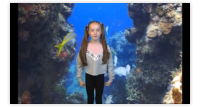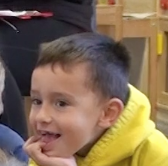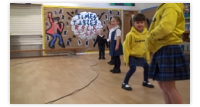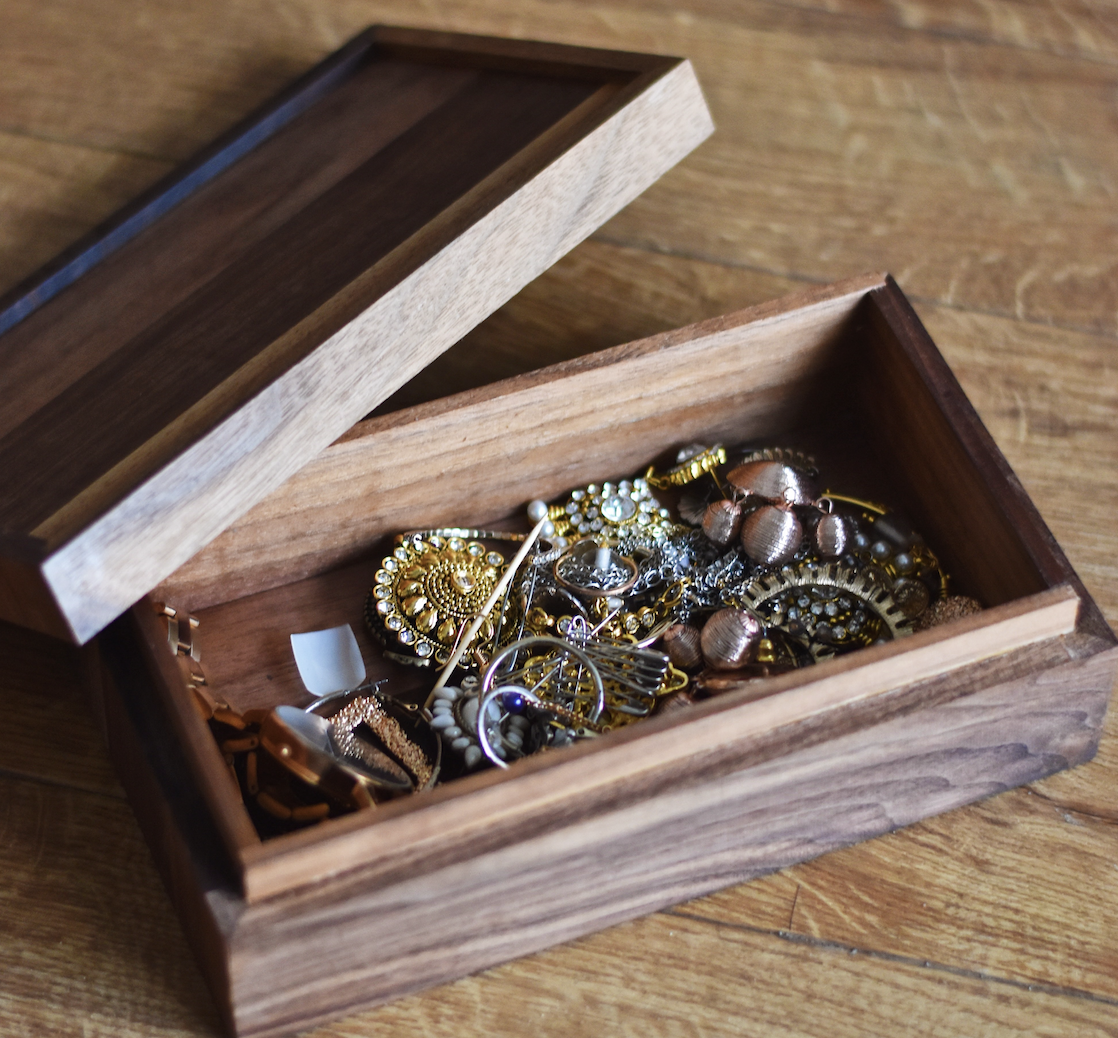Music - EYFS - Music Playtime
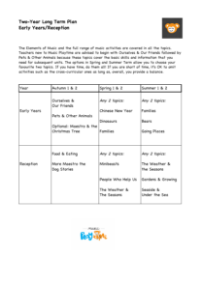
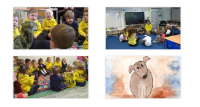
This topic is about ourselves, focusing on rhythms, pitches and voices. Please read the ABOUT sections before beginning and download the Elements of Music cards. For advice on viewing and printing out the pdfs, please check 'How to Use Music Playtime' in the 'About' Sections.
Elements
- Pitch: High pitched and low pitched sounds.
- Tempo: Fast or slow speed of the PULSE, or BEAT
- Duration: Long or short notes, RHYTHM.
- Structure: The way music is constructed.
Resources
- Tuned and untuned percussion instruments
- Small objects for hiding around the room

This topic introduces Maestro the Music dog and focuses on singing, listening, and actions with music. Download your Record of Activities & Progress chart here.
Elements
- Duration: Long or short notes, RHYTHM.
- Pitch: High pitched and low pitched sounds.
- Tempo: Fast or slow speed of the PULSE, or BEAT
- Dynamics: Louder or quieter sounds.
Resources
- Maestro the Music Dog toy
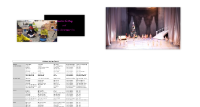
The activities are based on the (non-religious) story of how Maestro the Music Dog came to live on Hannah's piano at Christmas.
Elements
- Structure: The way music is constructed.
- Tempo: Fast or slow speed of the PULSE, or BEAT
- Duration: Long or short notes, RHYTHM.
- Dynamics: Louder or quieter sounds.
- Timbre: The individual quality of a sound.
- Texture: A single sound, or combined sounds.
Resources
- Book: Maestro the Dog and the Christmas Tree by Sandy Holland & Peter Noke Publisher E-MusicMaestroPublishing ISBN 9781999863524 Available at https://www.e-musicmaestro.com/shop/books/childrens-picture-books
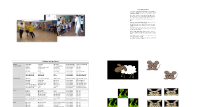
The activities are all related to Chinese New Year celebrations. This unit introduces using the pentatonic.
Elements
- Pentatonic: A five note scale, or set of notes in order, such as C, D, E, G and A. The black keys of a piano or keyboard make a natural pentatonic scale - notice that each black key has at least one white key between it and the next one, which gives a distinctive 'pentatonic' sound.
- Timbre: The individual quality of a sound.
- Duration: Long or short notes, RHYTHM.
- Tempo: Fast or slow speed of the PULSE, or BEAT

This unit is about dinosaurs. It focuses on the difference between singing and chanting, and on loud and quiet dynamics.
Elements
- Pitch: High pitched and low pitched sounds.
- Dynamics: Louder or quieter sounds.
- Duration: Long or short notes, RHYTHM.
- Timbre: The individual quality of a sound.
Resources
- Untuned percussion instruments
- Book: Noisy Dinosaurs – Noisy Books (Board book) by Felicity Brooks ISBN 9780746097847 Publisher: Usborne
- Early Years Dinosaur Counters (e.g. C&D make)
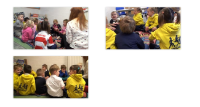
This unit is about all sorts of families, especially those with babies and twins. If focuses on same and different sounds.
Elements
- Dynamics: Louder or quieter sounds.
- Timbre: The individual quality of a sound.
- Tempo: Fast or slow speed of the PULSE, or BEAT
- Duration: Long or short notes, RHYTHM.
Resources
- Two identical sets of percussion instruments
- A set of two-dimensional, geometric shapes
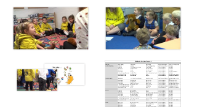
Everybody loves bears! This unit relates music to voices, characters and stories, exploring virtually all the elements.
Elements
- Duration: Long or short notes, RHYTHM.
- Dynamics: Louder or quieter sounds.
- Tempo: Fast or slow speed of the PULSE, or BEAT
- Pitch: High pitched and low pitched sounds.
- Structure: The way music is constructed.
- Timbre: The individual quality of a sound.
Resources
- Goldilocks and the Three Bears: Ladybird First Favourite Tales by Nicola Baxter ISBN: 1409306291 Publisher: Ladybird
- Tuned and untuned percussion instruments
- Art materials for making paper plate bears
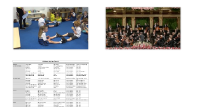
This unit is about going places via all sorts of different transport.
Elements
- Tempo: Fast or slow speed of the PULSE, or BEAT
- Duration: Long or short notes, RHYTHM.
- Dynamics: Louder or quieter sounds.
- Structure: The way music is constructed.
- Pitch: High pitched and low pitched sounds.
Resources
- Untuned percussion instruments
- Medium sized spongy balls
- Toy trains, cars and buses
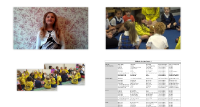
The yummy ingredients of this unit are food, shopping and cooking!
Elements
- Structure: The way music is constructed.
- Tempo: Fast or slow speed of the PULSE, or BEAT
- Duration: Long or short notes, RHYTHM.
- Timbre: The individual quality of a sound.
Resources
- Child-safe cooking utensils for making sounds
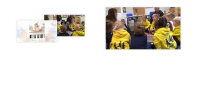
Using tuned instruments, including keyboards, in relation to the Maestro the Music Dog story
Elements
- Pitch: High pitched and low pitched sounds.
- Duration: Long or short notes, RHYTHM.
- Dynamics: Louder or quieter sounds.
- Texture: A single sound, or combined sounds.
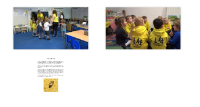
This unit is about mini beasts and features following a simple graphic score.
Elements
- Pitch: High pitched and low pitched sounds.
- Tempo: Fast or slow speed of the PULSE, or BEAT
- Dynamics: Louder or quieter sounds.
Resources
- The Very Greedy Bee by Steve Smallman & Jack Tickle ISBN 9382016007
- Toy fluffy bee or home-made bee puppet
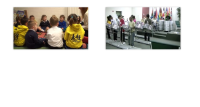
Music activities that centre around people who help us.
Elements
- Silence: The quiet spaces between musical sounds.
- Pitch: High pitched and low pitched sounds.
- Dynamics: Louder or quieter sounds.
- Timbre: The individual quality of a sound.
- Texture: A single sound, or combined sounds.
Resources
- Optional - Out of the Ark: People Who Help Us songbook with audio CD
- Finger puppets e.g. at this link http://bit.ly/people_who_help
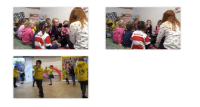
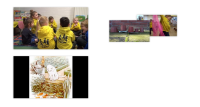
A range of plant-based musical delights!
Elements
- Tempo: Fast or slow speed of the PULSE, or BEAT
- Timbre: The individual quality of a sound.
- Dynamics: Louder or quieter sounds.
- Pitch: High pitched and low pitched sounds.
- Structure: The way music is constructed.
Resources
- Tissue paper flowers and petals. Plastic plant pots.
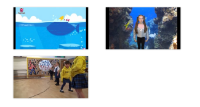
This unit, all about the sea, focuses on found sounds, actions with music and keeping a steady beat.
Elements
- Timbre: The individual quality of a sound.
- Pitch: High pitched and low pitched sounds.
- Texture: A single sound, or combined sounds.
Resources
- 'Treasure' articles for finding
- Skipping ropes
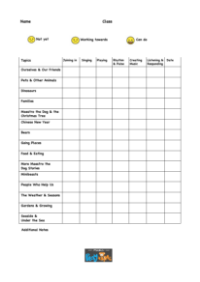


This topic is about ourselves, focusing on rhythms, pitches and voices. Please read the ABOUT sections before beginning and download the Elements of Music cards. For advice on viewing and printing out the pdfs, please check 'How to Use Music Playtime' in the 'About' Sections.
Elements
- Pitch: High pitched and low pitched sounds.
- Tempo: Fast or slow speed of the PULSE, or BEAT
- Duration: Long or short notes, RHYTHM.
- Structure: The way music is constructed.
Resources
- Tuned and untuned percussion instruments
- Small objects for hiding around the room

This topic introduces Maestro the Music dog and focuses on singing, listening, and actions with music. Download your Record of Activities & Progress chart here.
Elements
- Duration: Long or short notes, RHYTHM.
- Pitch: High pitched and low pitched sounds.
- Tempo: Fast or slow speed of the PULSE, or BEAT
- Dynamics: Louder or quieter sounds.
Resources
- Maestro the Music Dog toy

The activities are based on the (non-religious) story of how Maestro the Music Dog came to live on Hannah's piano at Christmas.
Elements
- Structure: The way music is constructed.
- Tempo: Fast or slow speed of the PULSE, or BEAT
- Duration: Long or short notes, RHYTHM.
- Dynamics: Louder or quieter sounds.
- Timbre: The individual quality of a sound.
- Texture: A single sound, or combined sounds.
Resources
- Book: Maestro the Dog and the Christmas Tree by Sandy Holland & Peter Noke Publisher E-MusicMaestroPublishing ISBN 9781999863524 Available at https://www.e-musicmaestro.com/shop/books/childrens-picture-books

The activities are all related to Chinese New Year celebrations. This unit introduces using the pentatonic.
Elements
- Pentatonic: A five note scale, or set of notes in order, such as C, D, E, G and A. The black keys of a piano or keyboard make a natural pentatonic scale - notice that each black key has at least one white key between it and the next one, which gives a distinctive 'pentatonic' sound.
- Timbre: The individual quality of a sound.
- Duration: Long or short notes, RHYTHM.
- Tempo: Fast or slow speed of the PULSE, or BEAT

This unit is about dinosaurs. It focuses on the difference between singing and chanting, and on loud and quiet dynamics.
Elements
- Pitch: High pitched and low pitched sounds.
- Dynamics: Louder or quieter sounds.
- Duration: Long or short notes, RHYTHM.
- Timbre: The individual quality of a sound.
Resources
- Untuned percussion instruments
- Book: Noisy Dinosaurs – Noisy Books (Board book) by Felicity Brooks ISBN 9780746097847 Publisher: Usborne
- Early Years Dinosaur Counters (e.g. C&D make)

This unit is about all sorts of families, especially those with babies and twins. If focuses on same and different sounds.
Elements
- Dynamics: Louder or quieter sounds.
- Timbre: The individual quality of a sound.
- Tempo: Fast or slow speed of the PULSE, or BEAT
- Duration: Long or short notes, RHYTHM.
Resources
- Two identical sets of percussion instruments
- A set of two-dimensional, geometric shapes

Everybody loves bears! This unit relates music to voices, characters and stories, exploring virtually all the elements.
Elements
- Duration: Long or short notes, RHYTHM.
- Dynamics: Louder or quieter sounds.
- Tempo: Fast or slow speed of the PULSE, or BEAT
- Pitch: High pitched and low pitched sounds.
- Structure: The way music is constructed.
- Timbre: The individual quality of a sound.
Resources
- Goldilocks and the Three Bears: Ladybird First Favourite Tales by Nicola Baxter ISBN: 1409306291 Publisher: Ladybird
- Tuned and untuned percussion instruments
- Art materials for making paper plate bears

This unit is about going places via all sorts of different transport.
Elements
- Tempo: Fast or slow speed of the PULSE, or BEAT
- Duration: Long or short notes, RHYTHM.
- Dynamics: Louder or quieter sounds.
- Structure: The way music is constructed.
- Pitch: High pitched and low pitched sounds.
Resources
- Untuned percussion instruments
- Medium sized spongy balls
- Toy trains, cars and buses

The yummy ingredients of this unit are food, shopping and cooking!
Elements
- Structure: The way music is constructed.
- Tempo: Fast or slow speed of the PULSE, or BEAT
- Duration: Long or short notes, RHYTHM.
- Timbre: The individual quality of a sound.
Resources
- Child-safe cooking utensils for making sounds

Using tuned instruments, including keyboards, in relation to the Maestro the Music Dog story
Elements
- Pitch: High pitched and low pitched sounds.
- Duration: Long or short notes, RHYTHM.
- Dynamics: Louder or quieter sounds.
- Texture: A single sound, or combined sounds.

This unit is about mini beasts and features following a simple graphic score.
Elements
- Pitch: High pitched and low pitched sounds.
- Tempo: Fast or slow speed of the PULSE, or BEAT
- Dynamics: Louder or quieter sounds.
Resources
- The Very Greedy Bee by Steve Smallman & Jack Tickle ISBN 9382016007
- Toy fluffy bee or home-made bee puppet

Music activities that centre around people who help us.
Elements
- Silence: The quiet spaces between musical sounds.
- Pitch: High pitched and low pitched sounds.
- Dynamics: Louder or quieter sounds.
- Timbre: The individual quality of a sound.
- Texture: A single sound, or combined sounds.
Resources
- Optional - Out of the Ark: People Who Help Us songbook with audio CD
- Finger puppets e.g. at this link http://bit.ly/people_who_help

A range of plant-based musical delights!
Elements
- Tempo: Fast or slow speed of the PULSE, or BEAT
- Timbre: The individual quality of a sound.
- Dynamics: Louder or quieter sounds.
- Pitch: High pitched and low pitched sounds.
- Structure: The way music is constructed.
Resources
- Tissue paper flowers and petals. Plastic plant pots.

This unit, all about the sea, focuses on found sounds, actions with music and keeping a steady beat.
Elements
- Timbre: The individual quality of a sound.
- Pitch: High pitched and low pitched sounds.
- Texture: A single sound, or combined sounds.
Resources
- 'Treasure' articles for finding
- Skipping ropes




